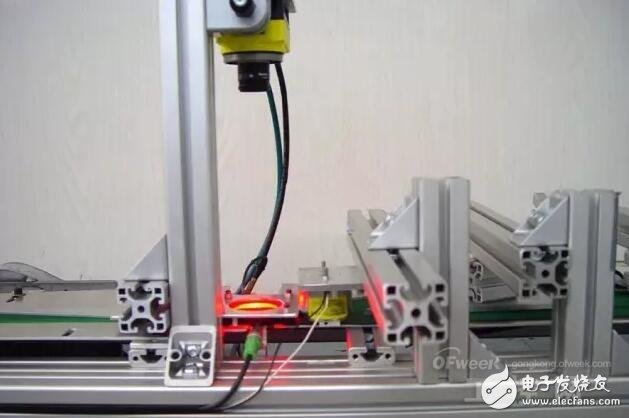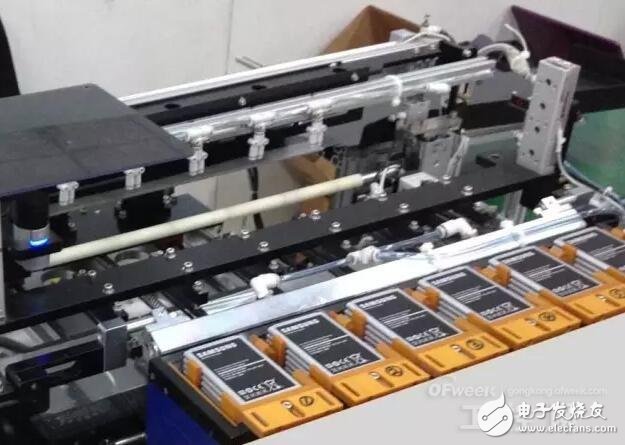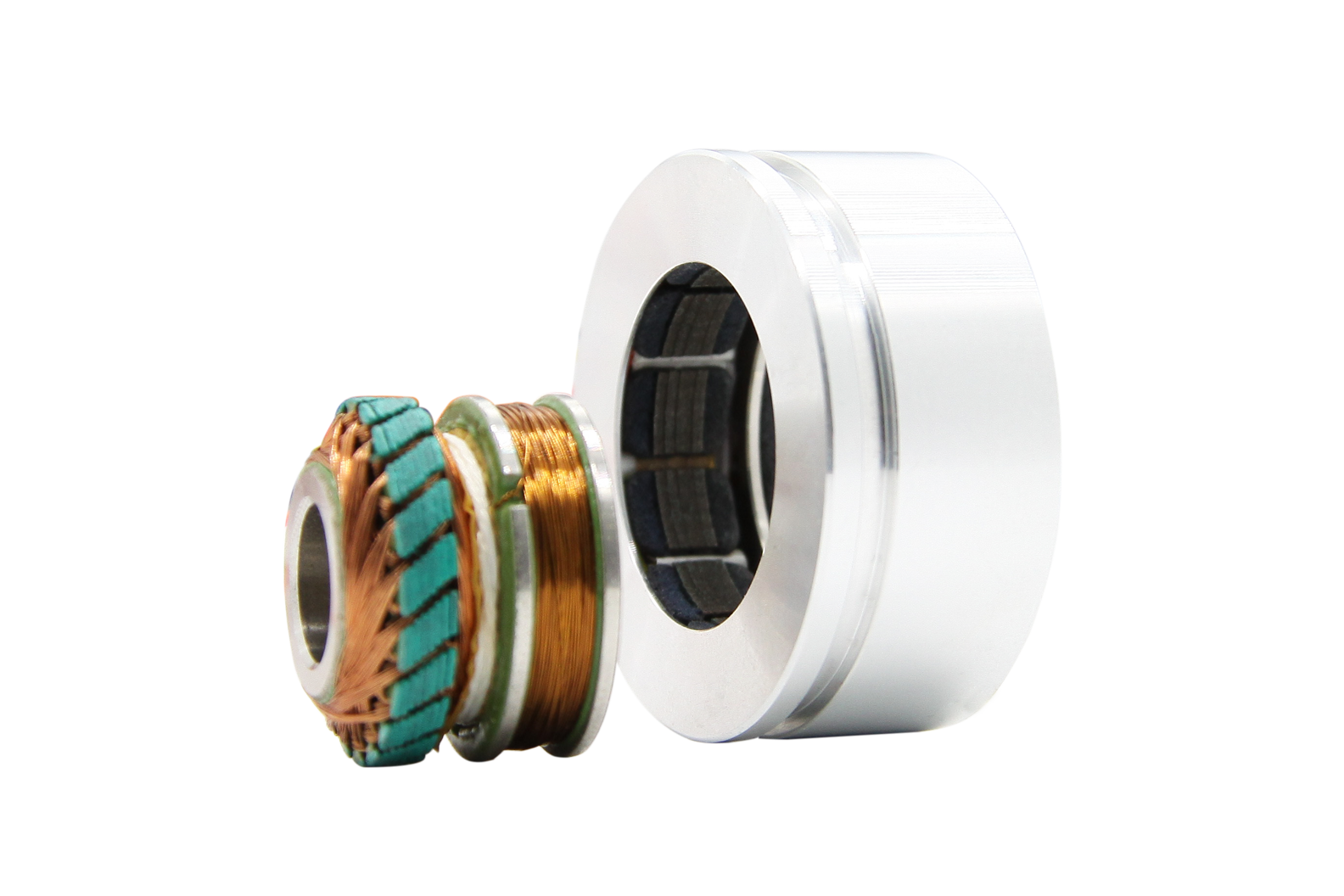After years of accumulation, machine vision technology may be facing a golden period of development. Once the cost is reduced, performance is improved, and applications are increased, just like the changes brought about by the popularity of wireless networks, machine vision hardware and software products will become the standard for manufacturing.

According to a report released by Transparency Market Research, a US market research consultancy, the global machine vision technology market is expected to rise from a total annual growth rate of 8.40% to 28.5 billion in 2021 from US$15.7 billion in 2014 (about RMB10 billion). US dollar (about RMB 189 billion).
Machine vision systems are indispensable for factory automation, assembly positioning, quality inspection, product identification, dimensional measurement... High-precision requirements on high-speed production lines are beyond the reach of the human eye.
How to make the cost come down? There is a lot of imaginable space, embedded machine vision system will be a good choice, and the core of the system is of course inseparable from the microprocessor. From the 1990s, microprocessors, semiconductor technology and machine vision technology spiraled together: microprocessors, semiconductor technology is the birthplace of machine vision, Europe and the United States in which a large number of applications of image technology, and later evolved into today's machine vision technology. The popularity of machine vision in Europe and the United States is also mainly reflected in the semiconductor and electronics industries. Now, microprocessor performance is getting stronger, power consumption is much lower, size is getting more compact, and the price is not getting higher.

Take the Raspberry Pi 3, which is listed in February this year, as an example. It is equipped with a 64-bit 1.2GHz quad-core chip and 1GB of memory, and its performance is 50% higher than that of the Raspberry Pi 2. The price is still only $35 (about RMB 232), which is the same price as the Raspberry Pi Model B when it was launched four years ago. Applying high-performance, low-power, compact microprocessors to embedded vision systems in large quantities is expected to reduce costs by half.
When integrating a machine vision system on a general-purpose computer, it involves many techniques such as illumination, imaging, image digitization, image processing algorithms, software and hardware, etc., which imposes extremely high demands on technicians. With embedded machine vision systems, hardware and software configurations become more flexible, and development environments and programs are more versatile. Easy to mass-produce and expand the line, the flexibility of production is greatly improved, and the general demand for machine vision technology will be quickly responded.

The global standards for machine vision have been introduced, accelerating the process of embedded systems. In June last year, the China Machine Vision Industry Alliance (CMVU) joined the G3 standard, which is CMVU's 15th G3 standard membership. Other members include the American Association of Automated Imaging (AIA), the European Machine Vision Association (EMVA), the Japan Industrial Imaging Association (JIIA), and the German Federation of Machinery and Equipment Manufacturing (VDMA). The issuance of the "Global Machine Vision Interface Standard" manual and the signing of the "G3 Camera Standard" agreement will shorten development time, reduce investment costs, and speed up the time to market.
In addition, in order to adapt machine vision to "Industry 4.0" and future factory production, the German Machinery and Equipment Manufacturers Association VDMA Machine Vision and OPC Foundation (OPC FoundaTIon) began to compile "OPC Unified Architecture Machine Vision" The Compendium Specification aims to integrate machine vision systems directly into production control and IT systems for maximum performance.

Industry 4.0 is about connecting production technology and information technology, and machine vision is one of the most important basic technologies for providing information to Industry 4.0. Embedded systems will play a more important role in future machine vision systems. They enable the design of compact products that meet most image processing requirements and are more integrated with factory processes than PC-based stand-alone systems.
Resolver is a kind of commonly used angle detection component, because of its simple structure, reliable operation, and its accuracy can meet the general detection requirements

Resolver,Encoder Troubleshooting Resolver,Custom Resolver,Online Resolver
Yuheng Optics Co., Ltd.(Changchun) , https://www.yhencoder.com